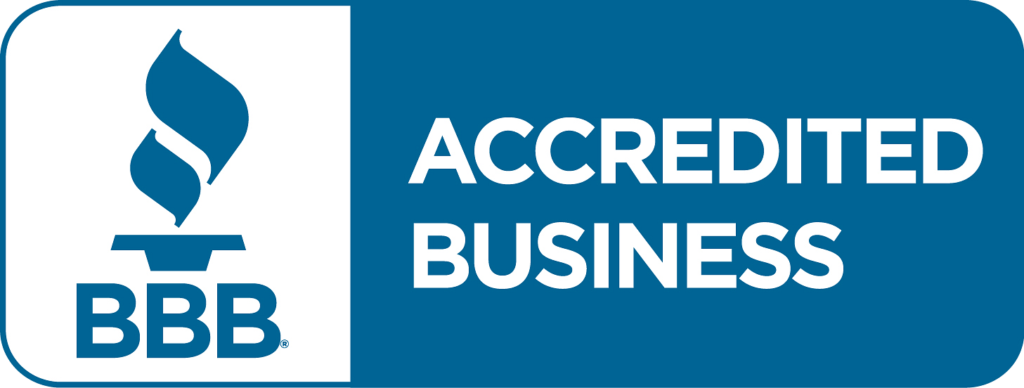Non-Provisional Applications
By Affordable Patent Agency, LLC
- Home
- Services
- Non-Provisional Applications
What is a Non-Provisional Patent?
Below are among the things that can have non-provisional patents:
- Machines
- Manufactured items
- Chemicals and composition of matter
- Wearables
- Sports equipment
- Medicines and diagnostics
- Healthcare products and methods
- Business methods and processes
- Software as a service (SaaS) and hardware
Do you have groundbreaking ideas that you want to protect from theft or infringement? Look no further than the Affordable Patent Agency’s Non-Provisional Patent Application Service. Our team of experts understands the importance of your intellectual property, and we offer a seamless and cost-effective solution to guide you through the complex process of securing a Non-Provisional Patent. We take care of everything from meticulous documentation to precise filing, ensuring your invention receives the comprehensive legal safeguard it deserves. At Affordable Patent Agency, we believe that innovation should be accessible to all, so don’t just dream big, protect big with our Non-Provisional Patent Application service.
Looking for a Trusted Non-Provisional Patent Application Agency?
Call Affordable Patent Agency, LLC
Filing a Non-Provisional Patent
1. Utility Patent Application Transmittal Form
Inventions and patent applicants use the Utility Patent Application Transmittal Form to submit utility patent applications to the United States Patent and Trademark Office (USPTO). As part of the application package, this form contains important information about the applicant, the inventors, and the proposed patent.
2. Application Data Sheet
Those who apply for a nonprovisional patent should also submit an application data sheet to the USPTO. It provides detailed information regarding the applicant, the inventors, the assignees, the patent attorney on file, the priority date, and the patent.
3. Specification
4. Executed Oath or Declaration
5. Drawings
Benefits of Non-Provisional Patent
1. Exclusive Rights
Non-provisional patents offer exclusive rights to your idea for at least 20 years after filing. You can legally stop anyone from making, using, selling, or importing your patented innovation.
2. Market Advantage
Non-provisional patents offer a competitive edge, preventing competitors from copying, stealing, or exploiting your idea, which might help you stay ahead in your industry. It also boosts your credibility. It signifies your idea is innovative and valuable.
3. Monetization
License or sell your patent to those who wish to use your creation. It can attract investors, partners, and purchasers.
4. Legal Protection
Having a patent, you can sue for patent infringement.
5. International Protection
Your patent can be used for patent protection in other nations by filing a patent under the Patent Cooperation Treaty (PCT).
Design Patent Application
Frequently Asked Questions
1. Are non-provisional patents published?
The United States Patent Office publishes non-provisional patent applications 18 months after filing. The publication includes a detailed description of the invention, any drawings or diagrams submitted, claims made by the applicant, and information regarding the inventor and owner.
2. When are non-provisional patents published?
The United States Patent Office typically publishes non-provisional patent applications 18 months after the first filing date.
3. How to file a non-provisional patent application?
Filing a non-provisional patent application involves several steps and requires careful attention to detail. You must describe your invention clearly in text and drawings, including its function, components, and all unique features that lend a distinctive character. Additionally, ensure the correct preparation of all government documents. The process of filing non-provisional patent applications is legally and technically complex. Considering the legal and technical aspects involved, we highly recommend you consult a qualified patent attorney or agent to ensure the best possible protection for your invention. In addition to helping you navigate the complexities of the application process, they can draft the application and ensure the fulfillment of all legal requirements.
4. What is a non-provisional patent application?
A non-provisional patent application is a formal application filed with a patent office, such as the United States Patent and Trademark Office (USPTO), to obtain protection for a novel, non-obvious, useful, and valuable invention.
5. How does a non-provisional patent application differ from a provisional patent application?
An examining authority reviews a non-provisional patent application, which is a complete and formal submission that cannot undergo modification. It may result in the issuance of a patent. In contrast, a provisional patent application creates an early filing date but does not result in a granted patent and necessitates a subsequent non-provisional application.
6. What are the essential elements of a non-provisional patent application?
A non-provisional patent application typically includes a complete written description of the invention, patent claims, drawings or diagrams, an abstract, and an oath or declaration signed by the inventor.
Hiring a Reliable Patent Agent
Affordable Patent Agency, LLC
4131 N. Central Expressway, Suite 900, Dallas, TX 75204
(855) 444-1946
Our Services
Looking to Patent your Inventions & Innovations?
Choose Affordable Patent Agency for all your patent needs & applications.
Resources
Contact Details
- (855) 444-1946
- info.affordablepatent@gmail.com
- 4131 N. Central Expressway, Suite 900, Dallas, TX 75204
- 400 Washington Avenue, St. Louis, MO 63102
- Greenway/Upper Kirby, 24 Greenway Plaza, Suite 1800, Houston, Texas 77046
- 10201 S Padre Island Dr Suite 102, Corpus Christi, TX 78418
